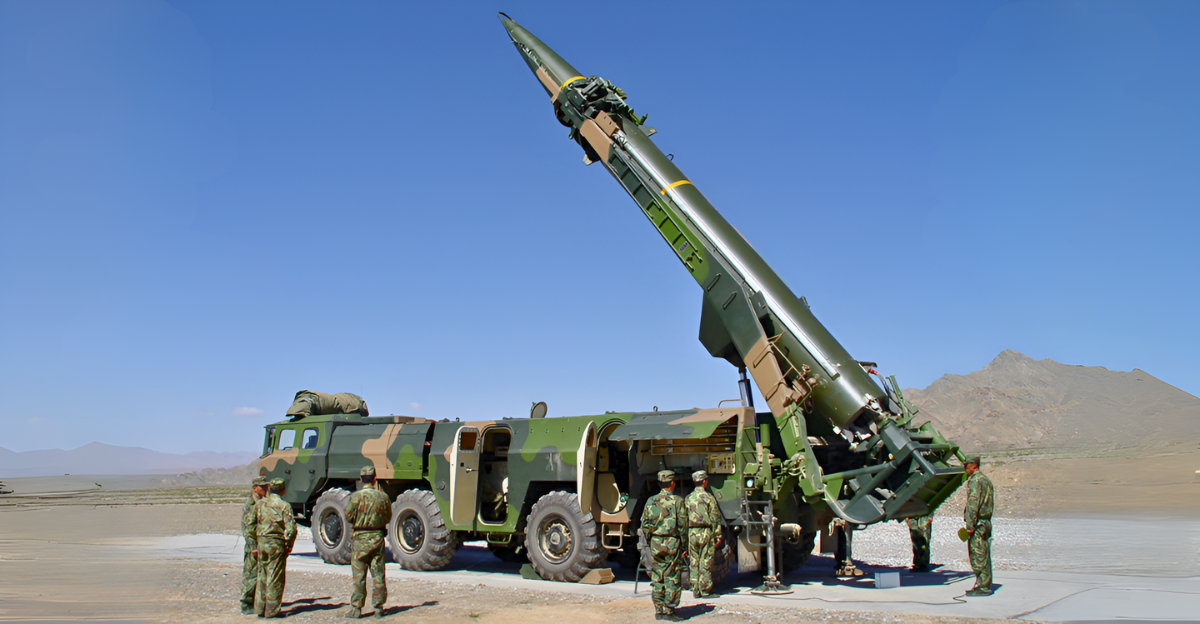
There’s a new player making waves in global defense circles, and it’s moving fast. Literally. A recent video quietly aired on Chinese state TV has caught the eye of U.S. intelligence and military officials.
It features what looks to be a supersonic missile: rarely seen, often speculated about, and suddenly more visible than ever. The footage is short and grainy, but it’s enough to cause concern.
The missile in question reportedly has a range that could put U.S. military assets in the Indo-Pacific within striking distance. What exactly is this missile, and why are defense analysts paying close attention?
A Quiet Debut
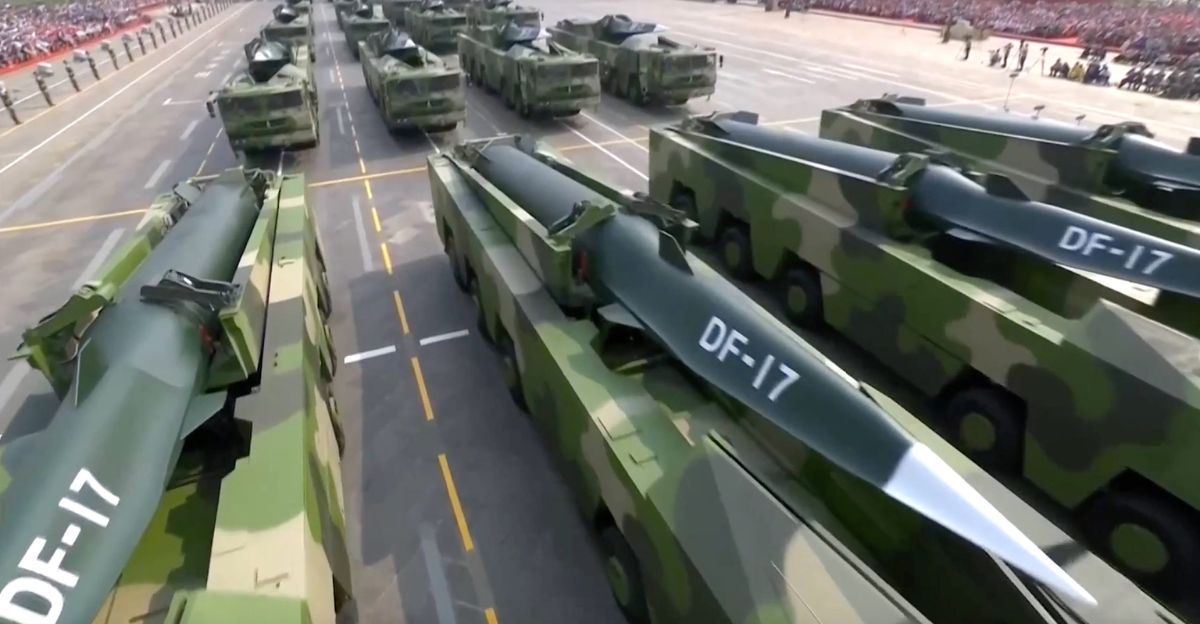
The missile in question isn’t brand new. It was first revealed briefly in 2019 during a Chinese military parade, but since then, public sightings have been scarce. Until now, most appearances were so limited or edited that experts couldn’t analyze the system fully.
A Rare Glimpse
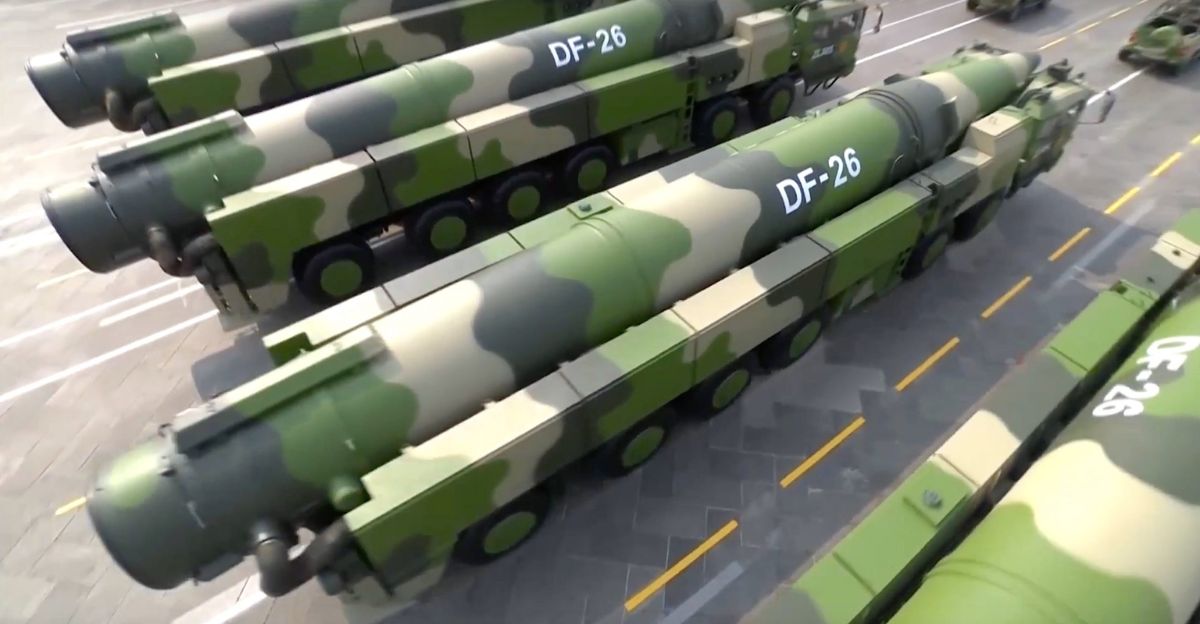
Recently, an extended two-minute clip of the missile in action aired as part of a Chinese documentary celebrating the People’s Liberation Army. This was a significant and unexpected development for U.S. officials and global defense watchers.
Introducing the DF-100
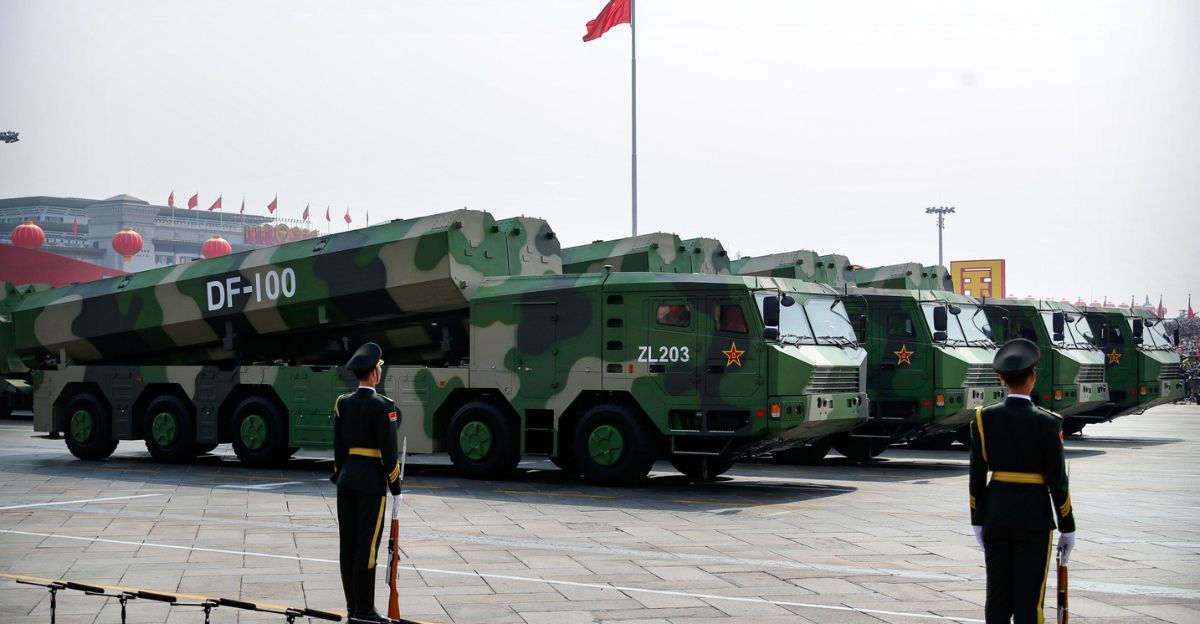
The missile is called the DF-100. It’s a land-attack cruise missile, and it’s designed to travel at supersonic speeds. That means it’s not just fast. It’s hard to detect and even harder to intercept.
What Makes It Different

Unlike older cruise missiles, the DF-100 is said to reach Mach speeds while maintaining maneuverability. Its design features a sharp, pointed nose cone and larger tail fins, allowing it to shift direction even while flying fast.
Why It Matters

Speed isn’t the only concern. The DF-100 has a reported range of 2,000 kilometers; about 1,200 miles. That puts a wide swath of the Indo-Pacific region within potential striking distance from mainland China.
Who’s in Range?
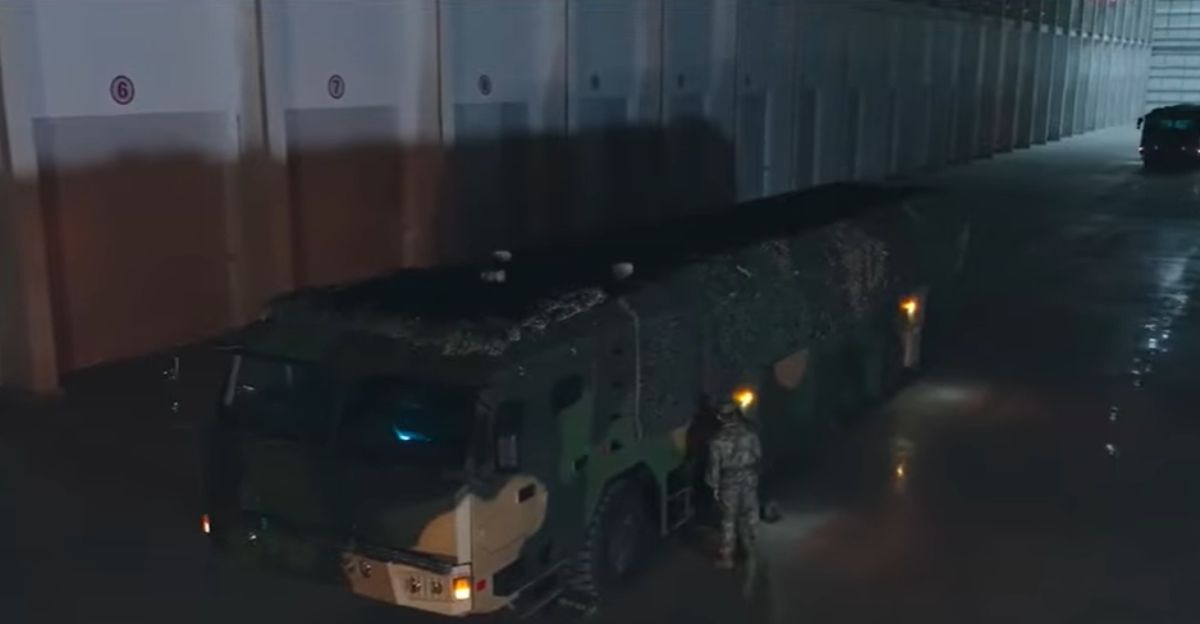
This range covers major U.S. military installations in Japan, South Korea, Guam, and even parts of the Philippines. Naval ships operating in the region are also within its reach.
Land and Air Launch Capability

According to defense analysts, the DF-100 can be launched from ground-based vehicles or from China’s H-6N bomber. If air-launched, its potential strike distance could increase dramatically; up to 6,000 kilometers.
Footage Breakdown

The newly released footage shows the missile being prepped and launched under conditions meant to simulate a wartime scenario.
Technicians are seen establishing wired communications due to enemy jamming: a sign of how seriously China is training for disruptions.
Tactical Role
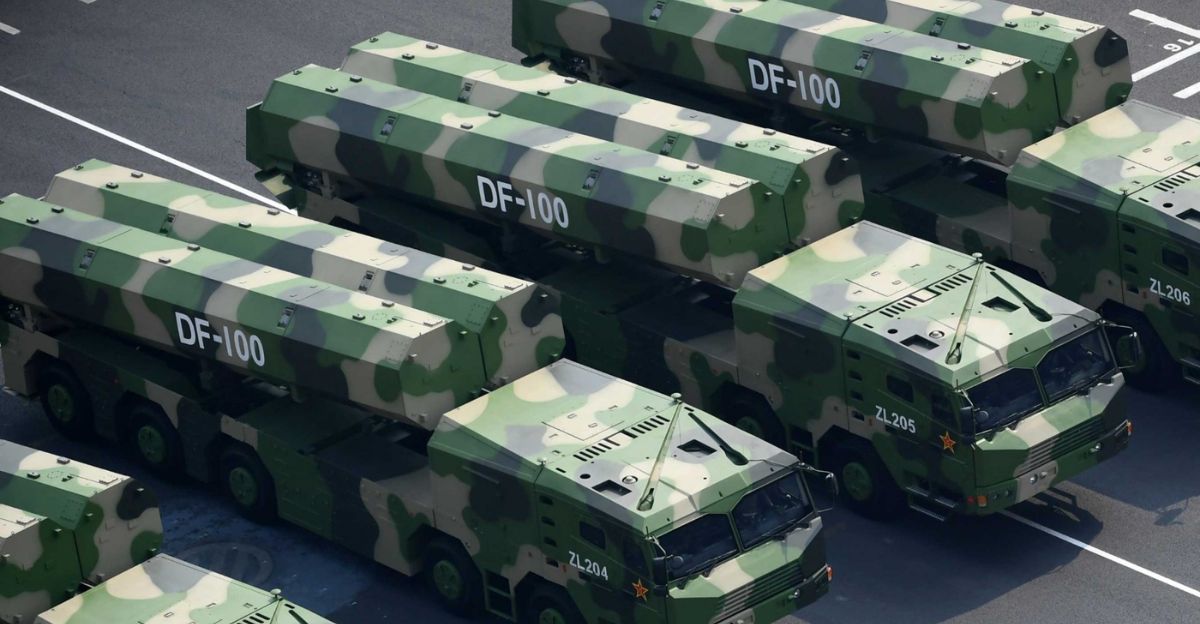
The DF-100 isn’t just for show. Its main role appears to be targeting enemy warships and fortified military structures.
With pinpoint accuracy and high speed, it could be used to disable key assets in the early stages of a potential conflict.
Strategic Messaging
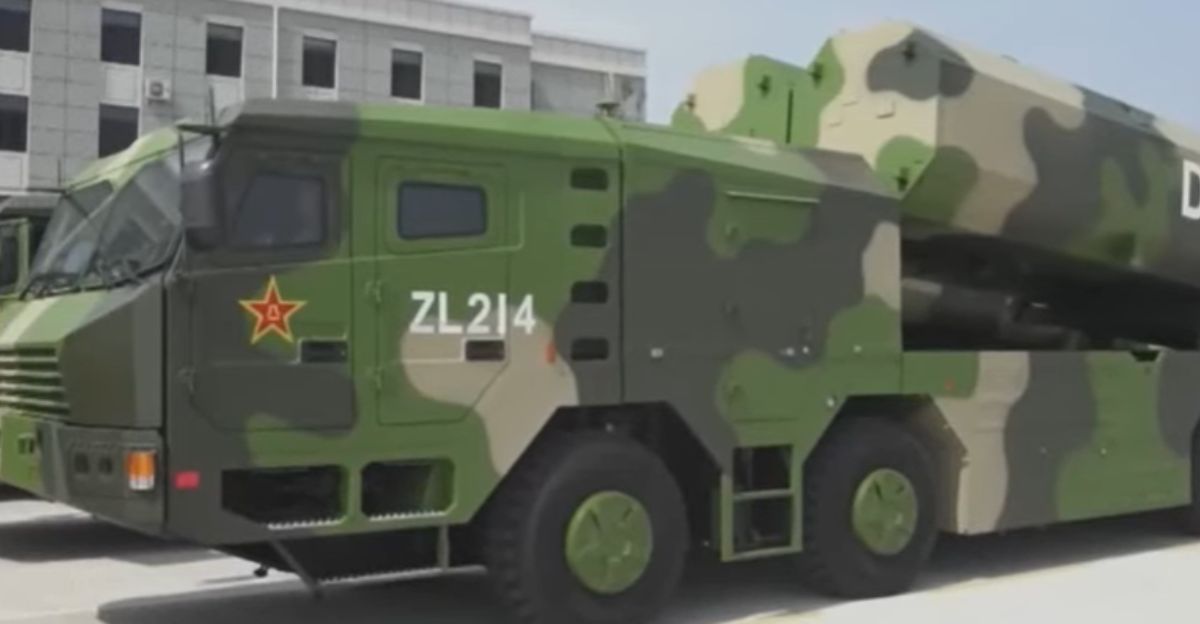
Experts believe the decision to release this footage wasn’t random. It came during a significant military anniversary and at a time of rising global tensions. It may have been a message to the world, not just to China’s citizens.
PLA’s Growing Transparency
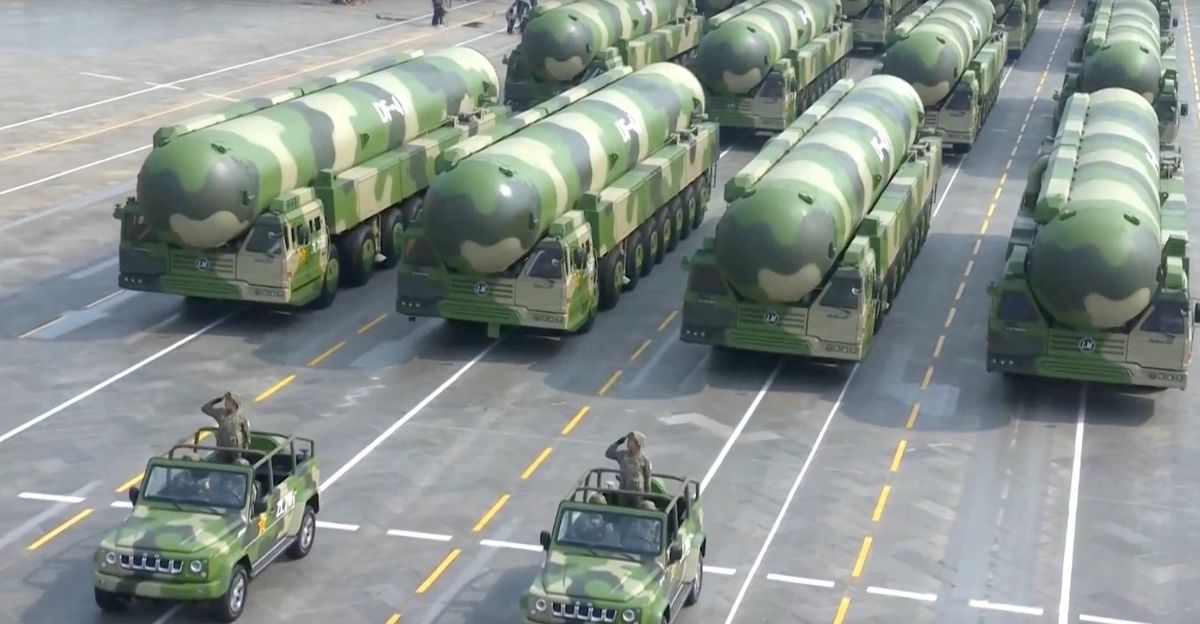
For years, the PLA kept its most advanced weapons under wraps. But the gradual release of visuals like this could mark a shift. China may now want the world to know what it’s capable of, without saying much out loud.
Reaction in the U.S.

U.S. officials haven’t released formal statements about the video, but anonymous defense sources have expressed concern. The timing, capabilities, and range make this missile worth watching closely.
A Taiwan Connection

Some analysts link the DF-100’s renewed visibility to recent tensions over Taiwan. The missile’s range and accuracy would make it an effective tool in a hypothetical conflict involving the island.
Internal Warnings in Taiwan

Taiwan’s deputy foreign minister recently expressed fears of an imminent invasion. An internal report noted that around 30% of Taiwan’s reserve military equipment is currently unfit for combat.
Military Exercises Increasing

China has increased its large-scale drills, often near Taiwan and in contested areas of the South China Sea. These exercises frequently include missile units and simulate high-pressure combat scenarios.
Expert Opinions
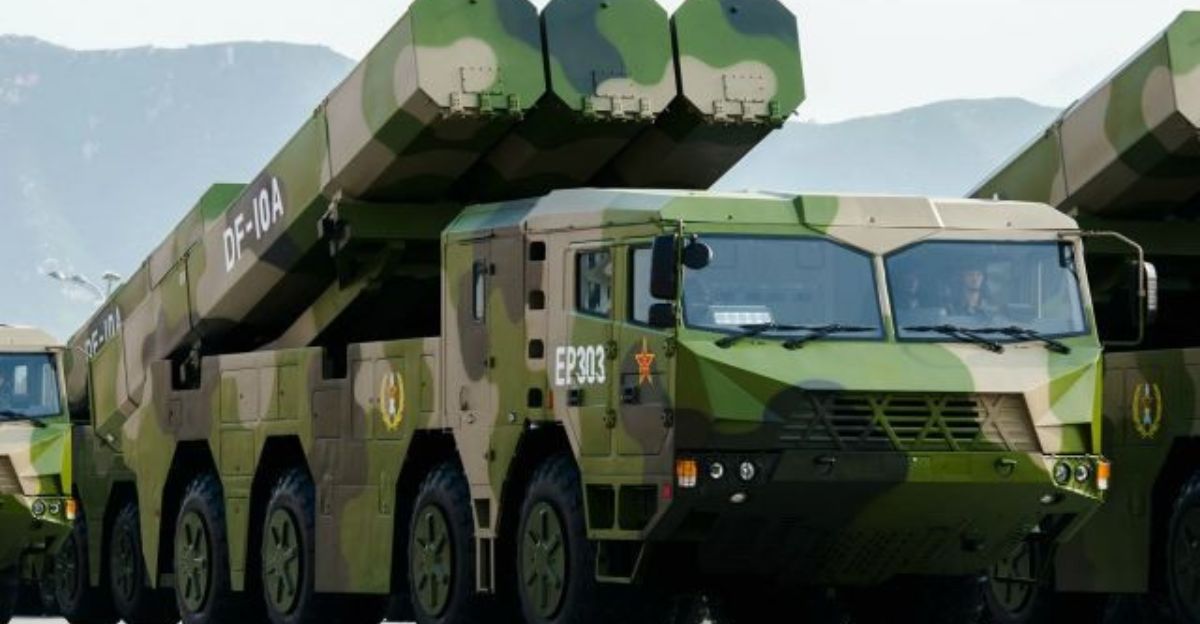
Defense researchers at institutes like Nanyang Technological University say the DF-100’s design suggests China is prioritizing speed and stealth. The video release likely aimed to signal strength without direct confrontation.
A Shift in Global Balance?
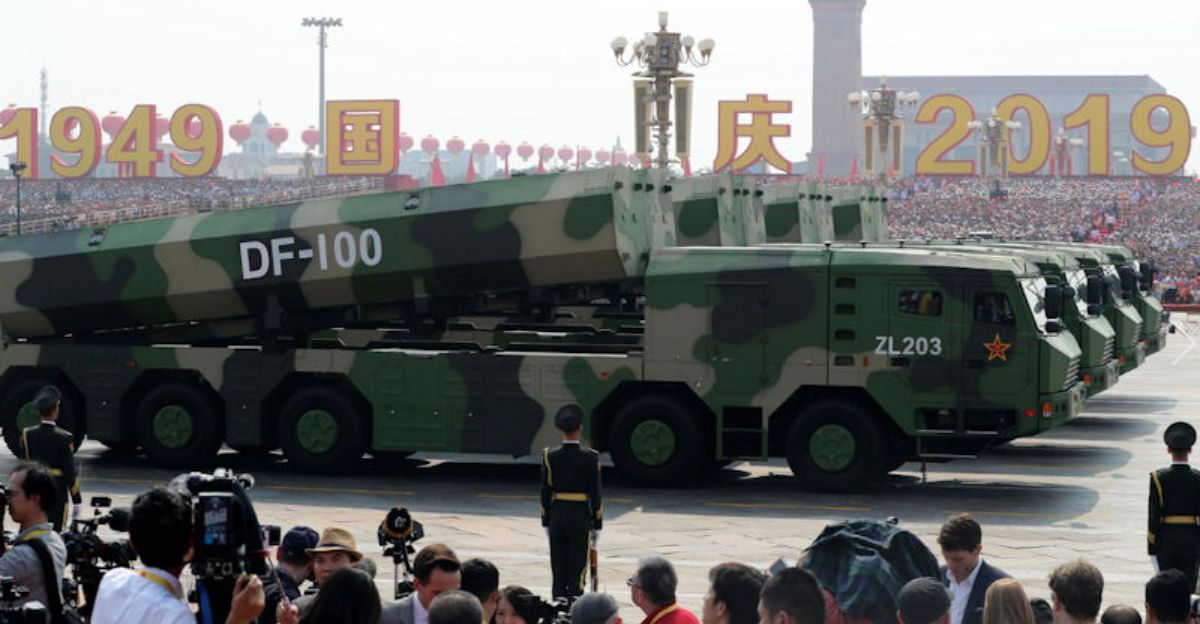
While the DF-100 doesn’t tilt the balance of power by itself, it’s part of a larger picture. China’s military modernization includes hypersonic weapons, satellite systems, and naval upgrades. The DF-100 is one puzzle piece in a growing arsenal.
What Happens Next?
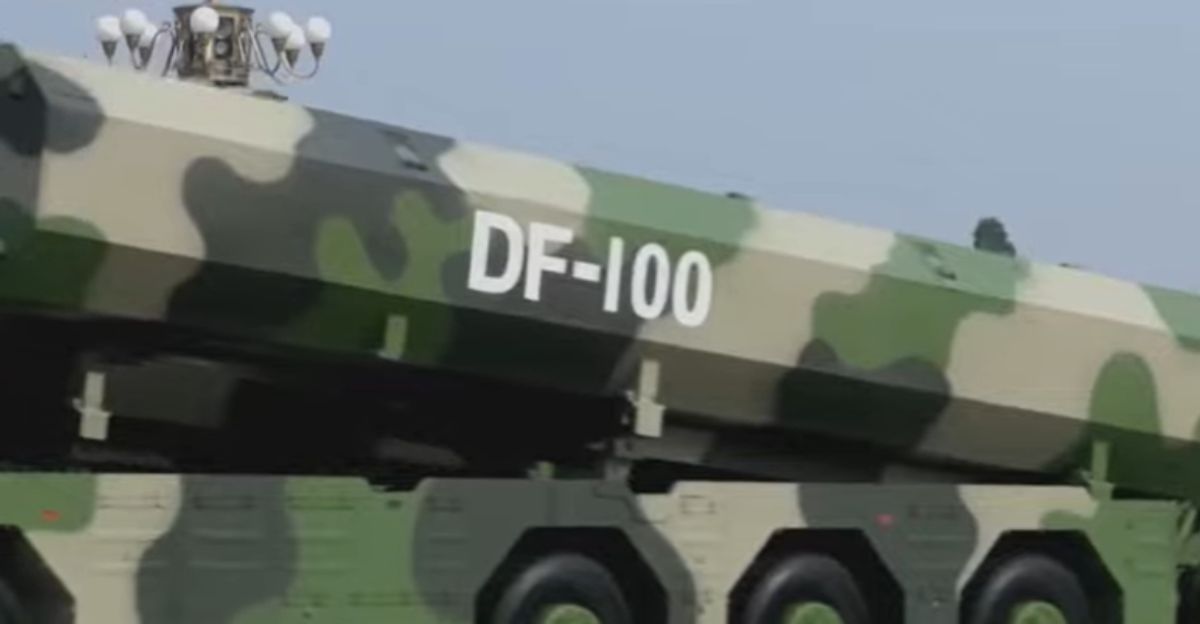
Expect more analysis, satellite monitoring, and defense briefings in Washington and allied capitals. This one video could spark new investments in countermeasures and missile defense systems across the Indo-Pacific.
Watching the Skies

Whether it was a calculated reveal or a show of strength, the world is now watching the DF-100 more closely.
As military technology advances on all sides, one thing is clear: supersonic missiles are no longer science fiction. They’re active, evolving, and here to stay.